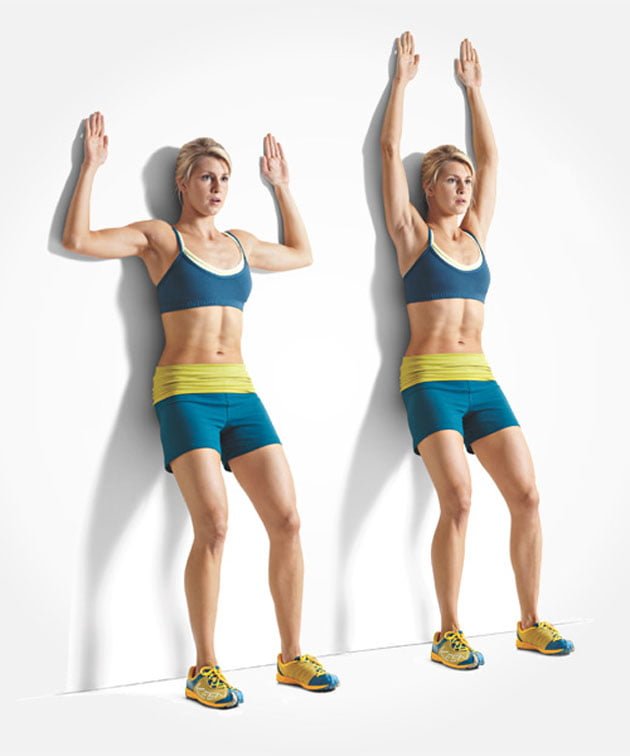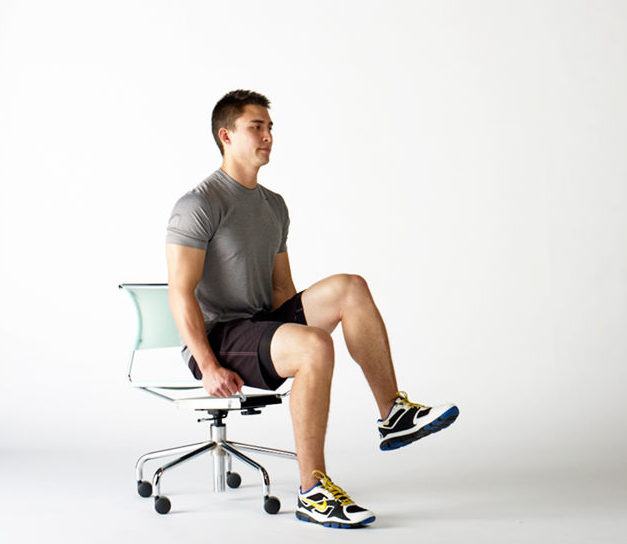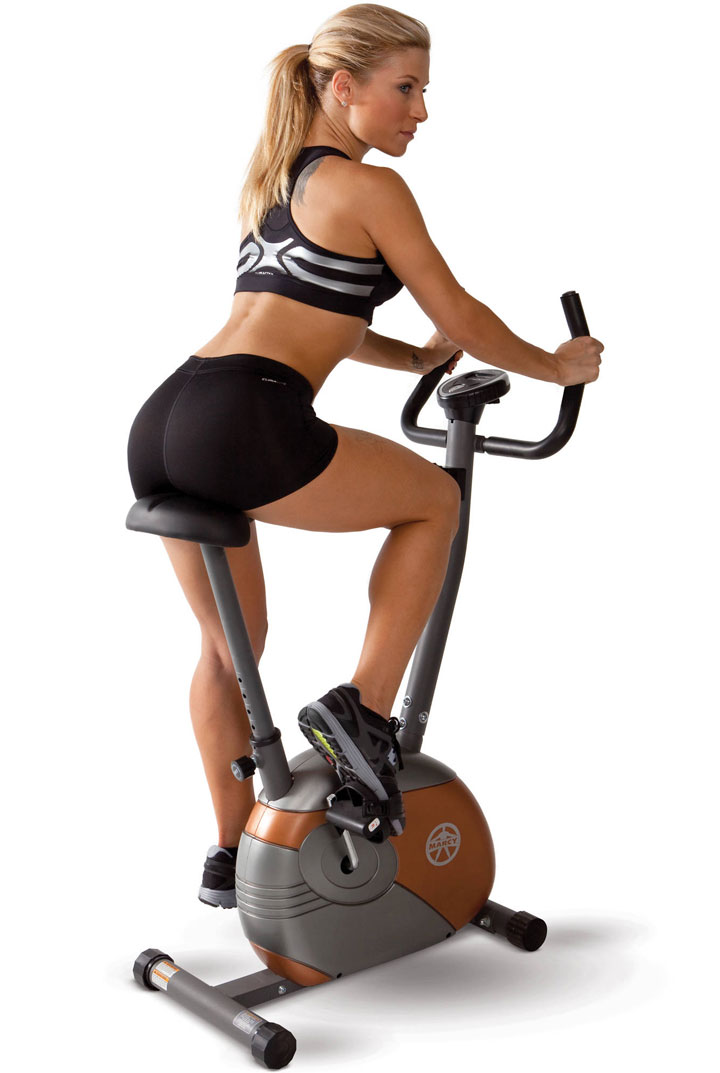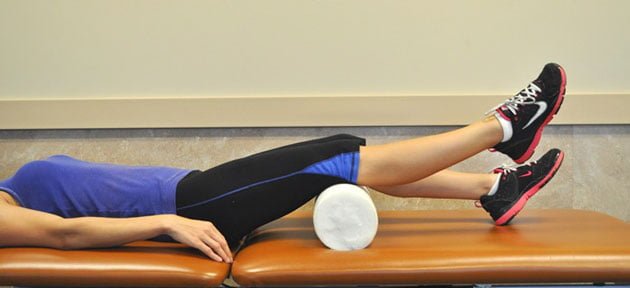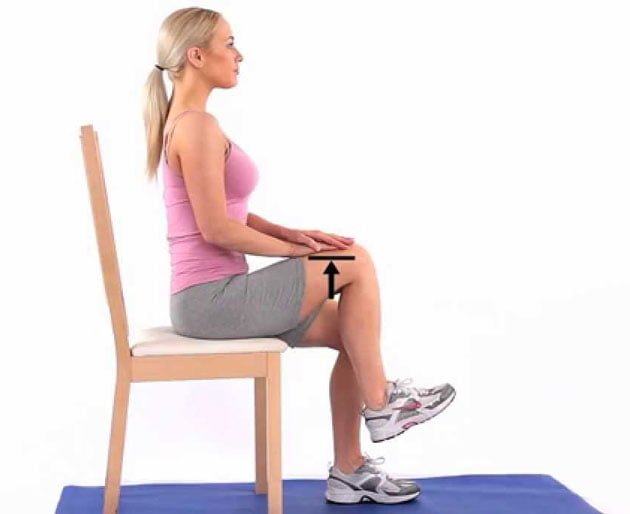Your knees are among the strongest joints in your body, they support your body weight while providing stability as you walk, run, bend, jump and lift. Your knees also allow you the mobility to sit and stand. Unfortunately, your knees are also the most commonly injured joints in your body.
The knee joint forms at the intersection of four bones, the femur (your thigh bone), the tibia and fibula (the two bones of your lower leg) and the patella, (your kneecap) which slides over the top of the joint as you bend your knee.
Your knees are supported and stabilized completely by the surrounding ligaments and muscles. The major ligaments are the cruciate ligaments which run across the anterior (front) and posterior (back) of the knee, and the collateral ligaments located on both sides of the knee. If you follow sports, you’ve surely heard of athletes with injuries to their ACL, the anterior cruciate ligament that connects the thigh bone to the lower leg and runs just beneath the patella.
In addition to ligaments, your knees are supported by several large muscle groups. The quadriceps are the large muscles on the front of your thigh that straighten your knee when walking or standing. On the back of your leg your hamstrings run behind the knee and attach to the two bones of the lower leg, your tibia and fibula and are responsible for bending your knee. The remaining muscles involved in knee support and movement are the hip abductors (outer thigh) and hip adductors (inner thigh), the calf muscles and the glutes (the muscles of your buttocks).
Why the anatomy lesson? Aside from a direct impact injury, the major cause of knee pain is instability resulting from weak muscles and ligaments surrounding the joint. Want to strengthen and stabilize your knees and reduce knee pain while increasing your range of motion? Strengthen the supporting muscle groups.
You may be able to reduce or eliminate your knee pain and improve your strength and mobility through exercise. The following low-impact exercises were selected to improve your strength and restore balance of the muscle groups supporting and stabilizing your knees:
1. Wall slides
Strengthens the quadriceps and the tissues and ligaments above your knee.
How to do wall slides:
Stand 12-18 inches from a wall and lean back until your entire back contacts the wall. Place your hands out to your sides with your palms facing the wall for support. Slowly slide down the wall until your knees reach a 30 degree angle and hold this position for 10-15 seconds, slowly return to the upright position and repeat a minimum of 5-10 times.
Caution: Do not lower your body to the point that your knees extend beyond your toes, if they do, stop and reposition your feet slightly further from the wall.
2. Seated straight-leg raises
Strengthens the quadriceps and hip flexors.
How to do straight-leg raises:
Start by placing two chairs facing each other, sit in one and place one foot on the other. Now straighten that leg and lift your foot 4-6 inches off of the chair and hold for a minimum of 5-10 seconds and then relax. Perform this exercise 5-10 times for each leg and try to extend the time you hold your foot off the chair.
Variations: If chairs are not available, you can perform this exercise flat on the floor with one leg straight and opposite leg bent with your foot flat on the floor. As you become stronger, you can add an ankle weight to increase the difficulty.
3. Seated bent-leg raises
Strengthens the quadriceps just above the knee and the ligaments surrounding the joint.
How to do seated bent-leg raises:
While seated in a chair, straighten one leg in front of you but stop just short of locking the knee. Hold the elevated leg in this position for one minute, this will also involve and strengthen your hip flexors.
Now without moving your thigh, bend at the knee until your leg forms a 45 degree angle and hold this position for an additional 30 seconds. Relax and repeat with the opposite leg. Alternate until you have completed 4 repetitions for each leg.
4. Abductor raises
Strengthens the abductors, the muscles that move your leg away (abduct) from your center line.
How to do abductor raises:
Lie on your side with your legs together and your arm bent at the elbow and supporting your head. Bend the lower leg at the knee to support your body and while keeping it straight, lift the (top) upper leg slowly up and away from the mat. Hold at the top for 5-10 seconds, slowly lower and repeat for 12-15 repetitions.
Caution: Don’t swing or throw the leg up, avoid using momentum. Slowly lift, hold, lower and repeat. Once you become stronger, consider adding an ankle weight.
5. Standing hamstring curls
Strengthens your hamstrings and the tissues behind your knee.
How to do standing hamstring curls:
Stand against the back of a chair or low wall and bend one knee as you bring that foot up toward your buttocks. Focus on keeping that knee pointed down toward the floor throughout the movement.
Hold the foot up near your buttocks for 5-10 seconds and then slowly lower your foot until it almost touches the floor and repeat for 12-15 repetitions and work up to 1-3 sets for each leg. Again, as you get stronger you can add an ankle weight to increase the difficulty and effectiveness.
6. Step-ups
Strengthens your entire lower body and all of the muscles that support your knees.
How to do step-ups:
Step-ups simulate stair climbing, stand in front of a sturdy box, bench or adjustable stepper 12 to 18 inches high and place one foot on the step and slowly step up while keeping your knee aligned over your foot. Step up with the other foot until you are standing on your step and then step one foot back and down and then the other. The sequence should be – up, up, down, down. As you get stronger you can increase your step height and difficulty. Perform your step-ups for a minimum of 1 minute and gradually increase your times with each workout.
Caution: If you experience knee pain or cannot maintain a steady pace for your desired time, decrease your step height.
7. Stationary bike
Strengthens hamstrings and knee ligaments while increasing range of motion without impact.
How to do stationary bike:
Your seat must be set at the correct height in order to bike safely and effectively, too high and your hips will wobble, too low and you may injure your knees and shorten your muscles (and range of motion).
Ensure that when your foot is at the bottom of your pedal stroke, your leg is almost straight, but the knee maintains a 15 degree angle. Your initial cycling goal should be 10 minutes a day at light resistance and add an extra minute each day until you reach your daily goal. A desk bike is a perfect solution for strengthening exercises.
8. Quad clenches
Strengthen the ligaments and tissues surrounding the knee and the quadriceps muscle attachments.
How to do quad clenches:
This isometric exercise strengthens the area around the knee without actually moving the leg or knee and helps promote full straightening of the knee. While lying flat on your back or sitting upright on the floor or bed, hold your leg and knee straight as you tighten your quadriceps muscle on the front of the thigh and focus on pushing your knee down as you “lock” your knee straight.
You will see your kneecap move upward as you tighten (clench) your thigh muscles. Hold for a minimum of 3 seconds and perform 12-15 repetitions for each leg.
9. Short arcs
Strengthens your quadriceps and surrounding ligaments, a good knee rehabilitation exercise following knee injury or surgery.
How to do short arcs:
While lying flat or seated on the floor or in bed, roll up a towel and place it under your knee. Concentrate on pulling your toes towards your body as you tighten your quadriceps and slowly lift your foot slightly off the bed.
Maintain knee contact with your rolled towel and hold your foot up for 3-5 seconds and repeat 10-15 times for each knee. To increase the difficulty and effectiveness, use a thicker rolled towel and later, an ankle weight.
10. Seated knee marching
Strengthens your quadriceps while increasing your knees flexibility and range of motion. Another good rehabilitation exercise for an injured knee joint.
How to do seated knee marching:
While seated in a chair, place both feet flat on the floor in front of you. Lift one knee and foot slowly as you point the knee toward the ceiling, lower and repeat with the opposite leg.
You are marching with “high” knees while seated to avoid pressure and weight bearing.
Continue for a minimum of 1 minute and perform this exercise any time you feel stiffness in your knees.




